
Harri Pälviranta
RAJA
(2025)
In 2023, Finland started building a border fence to its border with Russia. In addition to that, a simulative border fence was built, to rehearse manouvres in relation to border conflicts. It lies in South-East Finland near Russian border.
This defensive training fence encapsulates various thoughts related to surveillance and the use of power even more clearly than actual border fences and walls. Inspired by his encounter with the simulative border fence, Pälviranta adopted an alternative photographic approach: he employed paper negatives, imperfect development process, and collage techniques to express his affective engagement with the simulation.


Raja #1
170 x 210 cm
Printed offset paper glued on canvas, acrylic paint

Raja #2
170 x 210 cm
Printed offset paper glued on canvas, acrylic paint

Raja #3
210 x 510 cm (triptych)
Printed offset paper glued on canvas, acrylic paint
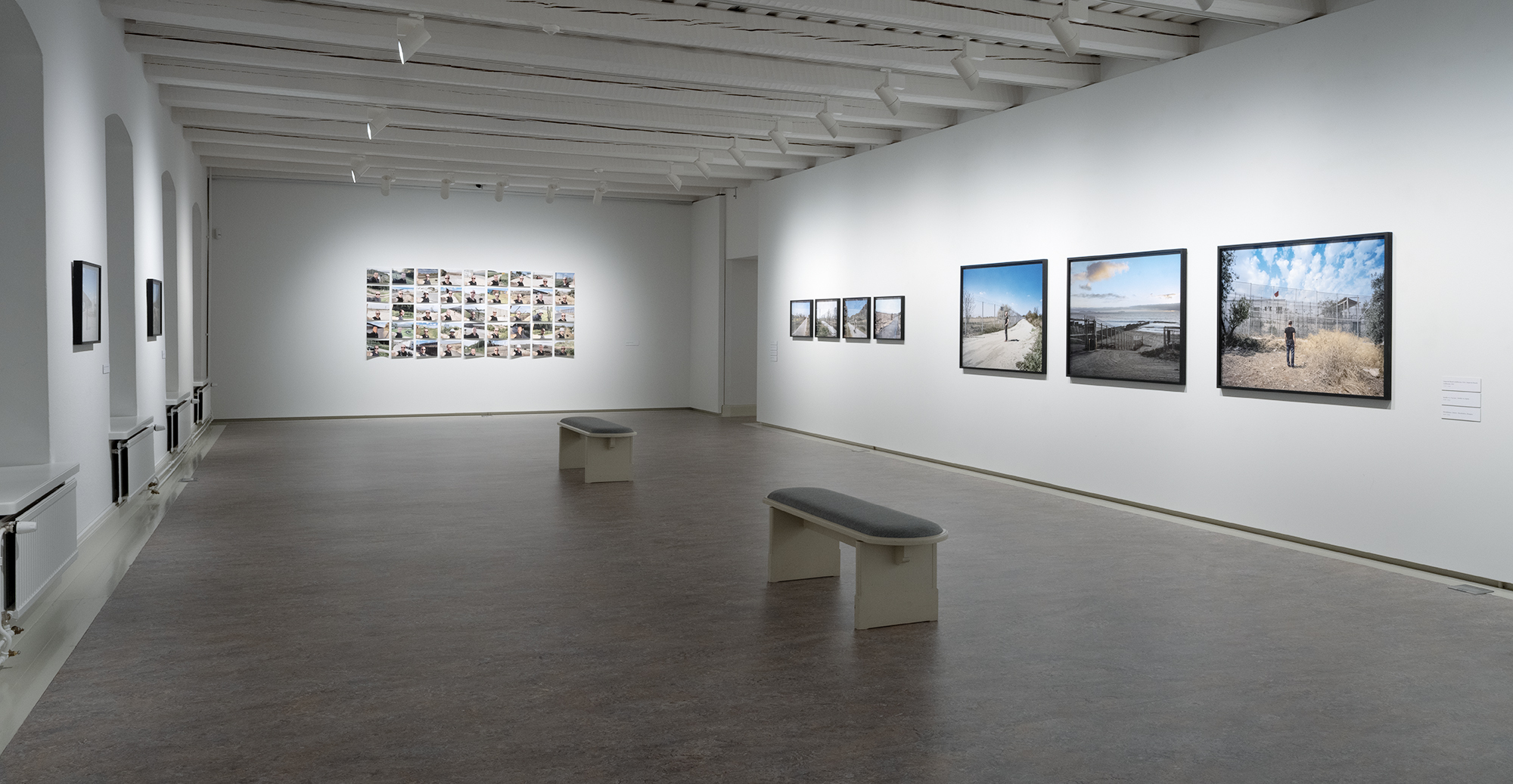
Lappeenranta Art Museum, Finland 2025
Harri Pälviranta
WALL TOURIST
2016–2025
In 2015 and 2016, Europe saw a historically unprecedented wave of immigration, with around 40,000 refugees arriving every day. Although the effects of the refugee crisis were most significant for the immigrants themselves, the events had a transformative impact on how Europe defined itself. But even though the number of refugees arriving in Europe was enormous, it was just one example of movement where people sought safety and a better life elsewhere. The need for people to move touches the world globally.
While many countries try to help those on the move, certain individual countries take radical measures against unregulated border crossings: they enact laws that make entry impossible, and build walls, surveillance systems and other barriers to control and prevent unwanted immigration. In recent years, thousands of kilometres of walls and fences have been built around the world. Thousands of kilometres more are in the works.
From 2016 to 2024, Harri Pälviranta travelled to thirteen countries on five continents to photograph border fences and walls. The main character in the series is a middle-aged white male traveller, a Wall Tourist, whois particularly interested in tense locations. From his travels, he seeks not only information and experiences but also adventures. Through his travels, he has not only witnessed the existence, quality and nature of fences and walls firsthand but also begun to reflect more deeply on the reasons for their construction, their consequences and, in general, the discussions and justifications surrounding border construction and control. In the discussions, as well as in the fences and walls themselves, he is fascinated by their recurrence and the administrative and systematic use of power.
The border fence being built on Finland’s border with Russia was the last one Pälviranta visited. In fact, he was not allowed near the fence itself, but he was given the opportunity to photograph a simulative border fence located in South-East Finland near Russian border. The defensive training fence encapsulates various thoughts related to surveillance and the use of power even more clearly than actual border fences and walls. Inspired by this encounter, Pälviranta adopted an alternative photographic approach: he employed paper negatives, imperfect development process, and collage techniques to express his affective engagement with the simulation.
Pälviranta no longer sees fences merely as physical structures preventing movement, but as various performative practices and manifestations of power. Although every fence and wall is the result of its own unique development, they are connected by their appearance, the narratives and ideas associated with them, and the atmosphere that prevails near the walls and fences. Walls are at once both fascinating, beautiful and incredibly distressing.
-------------
The exhibition has been supported by Finnfoto Association, Foundation for Journalistic Culture (JOKES), Finnish Heritage Agency, Patricia Seppälä Foundation, Finnish Cultural Foundation and Arts Promotion Centre Finland (Taike).
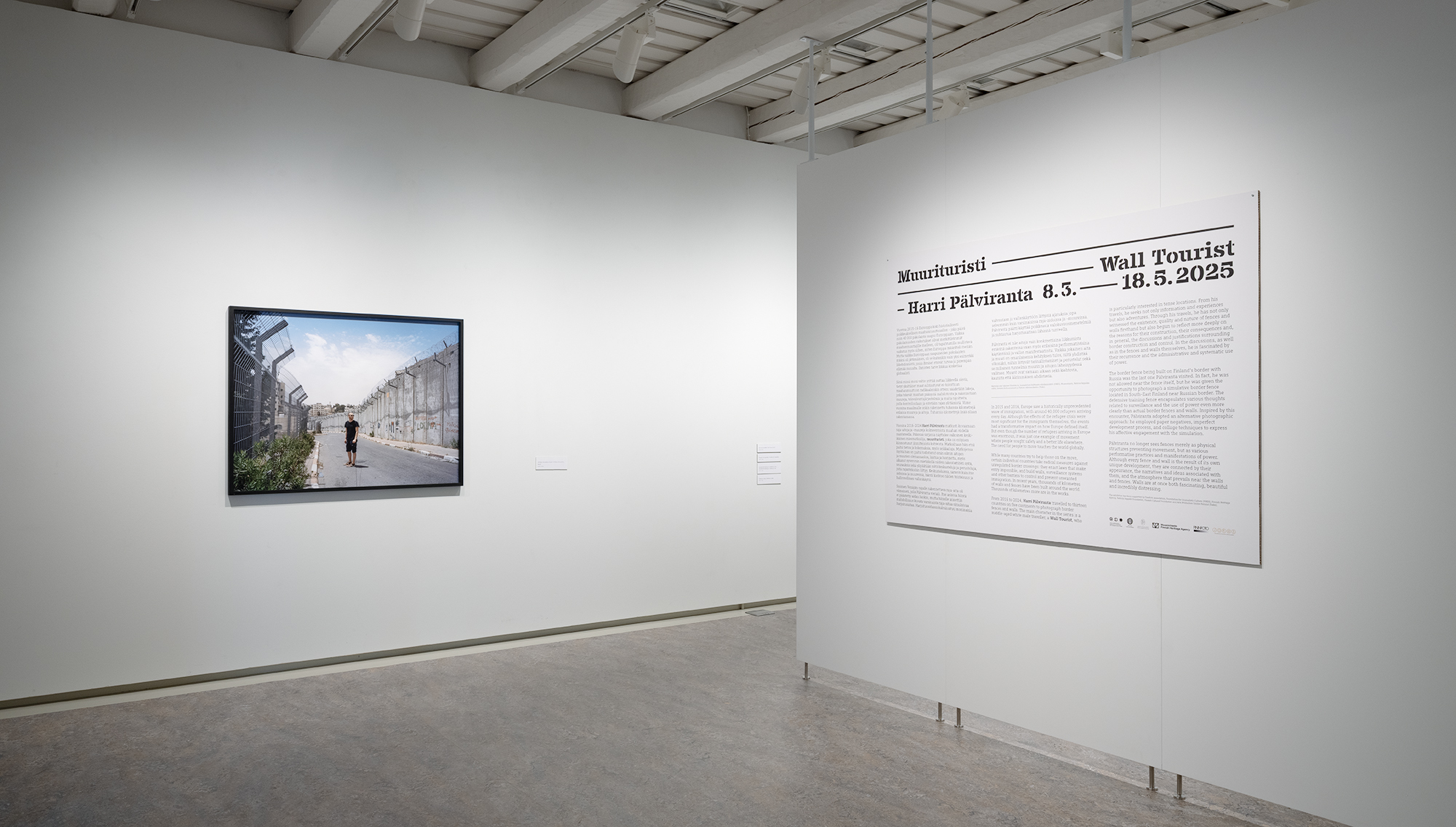



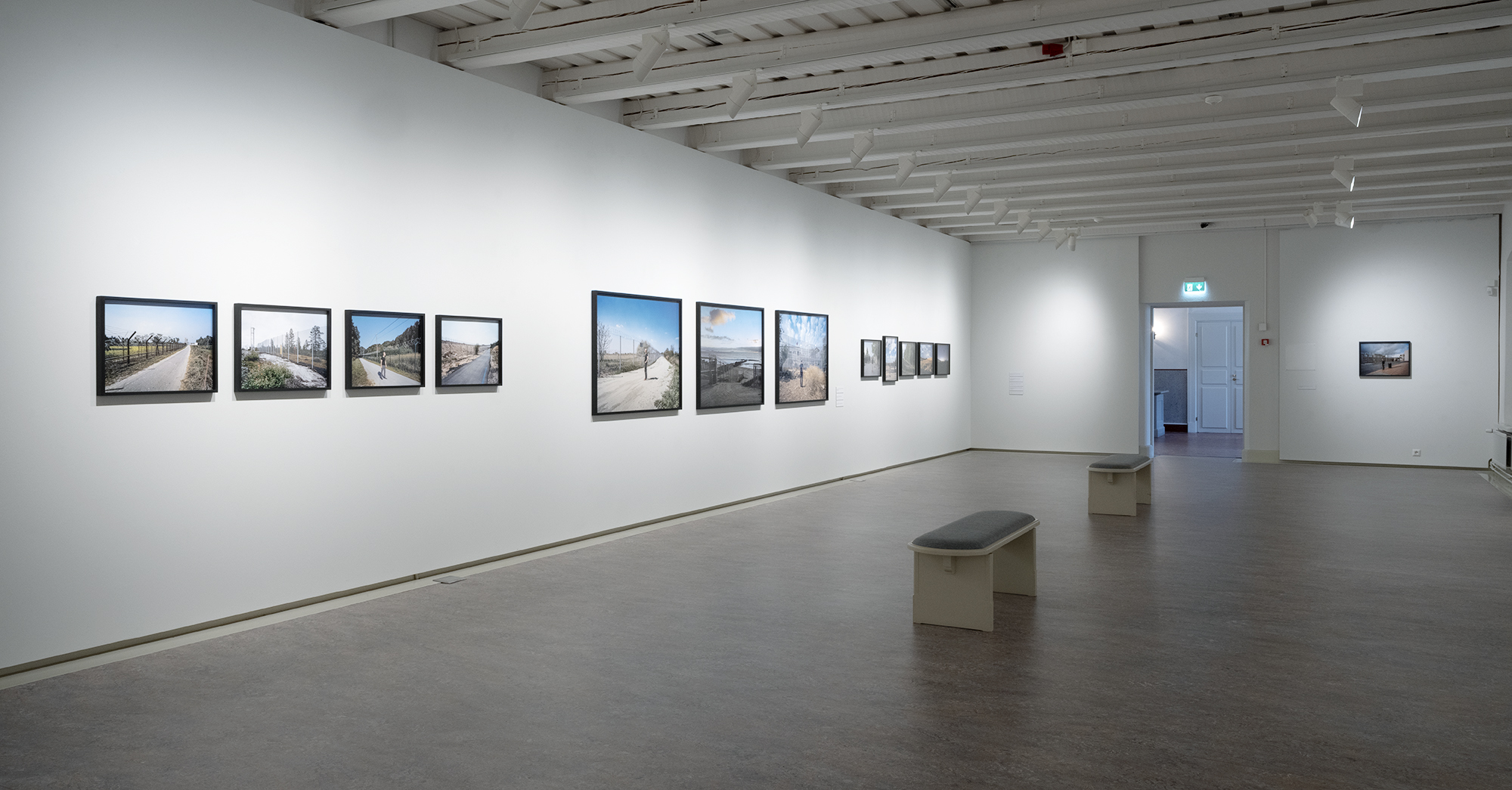



BURN INDEX
(ongoing 2023–)
With climate change, wildfires are becoming more frequent and more intense. They are spreading faster and lasting longer. The wildfires in southern Europe in 2023 appear exemplary of this development - about fourteen percent of the surface area of the island of Rhodes burned just in one week, while the wildfires in southern Italy lasted for months.
As a socially concerned image maker, these vast and violent forest fires interest me for several reasons. Firstl of all, I am visually interested in the traces produced by burning and heat. Secondly, the translation or adaptation of a burn mark into a photographic representation appears fascinating because it also provides a platform for theoretical considerations, re-evaluation of an idea of a document. Thirdly, I am concerned about the impact of wildfires on our global climate conditions, and humans’ part in their expansion.
Rather than depicting actual fires, I concentrate on the imprints, traces, vestiges. How a wildfire and its traces can be turned into an image, or a series of images, is my main concern. Thus, I see burnt forests and bushes as indexical signs of the fires.
More than a question or an answer, my work is about thinking with materials. I approach the subject with documentary methods, in the spirit of elementary politics.
-----------
The body of work will consist of landscape images and portraits of burned trees. In addition, I am experimenting with works that I call firegrams – I place branches of trees on large wooden panels and burn the background black with a blowtorch. The artworks are like photograms but made with fire. Also, I rub the burned trees and their branches with white cloth, and thus produce a kind of charcoal drawings. I also collect ashes from the burned forests and later turn these into artworks. So far, I have travelled to Greece, Spain, Australia, Portugal, the USA (Los Angeles) and South Korea to witness the material effects of large scale wildfires and document their multifaceted imprints.


Hämeenlinna Art Museum, Finland 2024


Ii Art Biennial, Finland





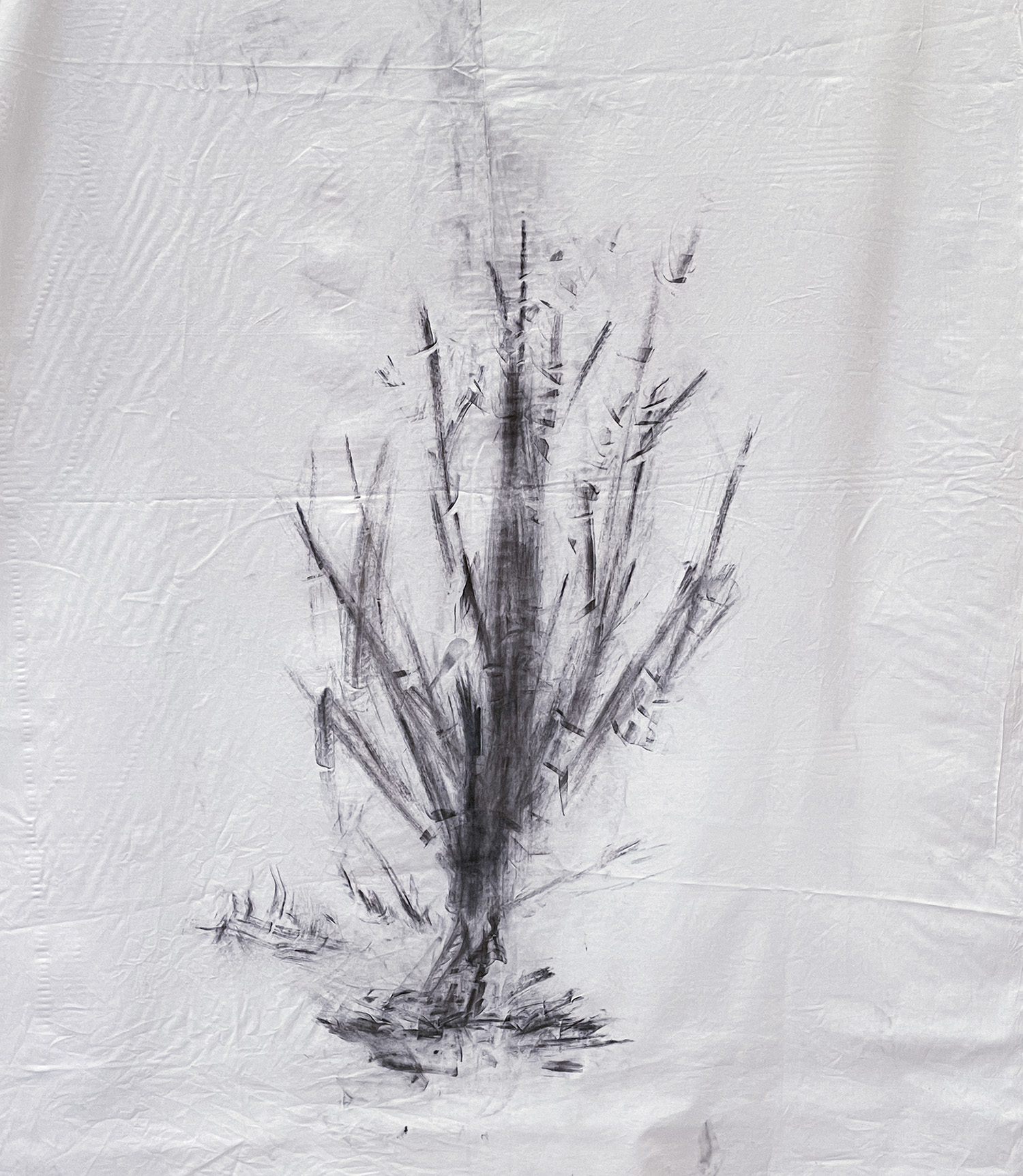


Book
Harri Pälviranta
BATTERED
Assaults and street fights are everyday activities on weekend nights in Finland. People have a strong tendency to get rather intoxicated when partying and, once drunk, they are released from their inhibitions. Aggression turns into physical acts, to direct violence. There is a social awareness of this topic in Finland. The issue is recognized, and it is considered to be a severe social problem. But the discussion has mainly literal dimensions; it appears in news headlines, and it is discussed in seminars.
In the book Battered the Finnish Photographer Harri Pälviranta shows the real faces of street violence in Finland. In contrast to the stereotypic portrayals of male heroics and the worn-out attempts at shocking people, Pälviranta deals with the utmost banality inherent in violence.
Battered is a project first exhibited in December 2007, and since then pictures from the series have been appeared in tens of exhibitions around the world. Even though vastly exhibited, Battered has never been available as a book. This situation is now corrected.
Perfect bound hard cover with a tipped in photograph
64 pages
32 photographs
Offset printing
29,5 x 29 cm
First edition of 300 copies [sold out]
ISBN 978-91-987606-2-0
Second printing coming soon!
---------
The book will be released in Paris at Polycopies book fair on the 10th of November at 5 PM. Pälviranta will be present to sign books and talk about the work.
Currently 15 pictures from the Battered series are exhibited in the National Museum of Contemporary Art MNAC in Lisbon as part of a bigger solo show by Harri Pälviranta.
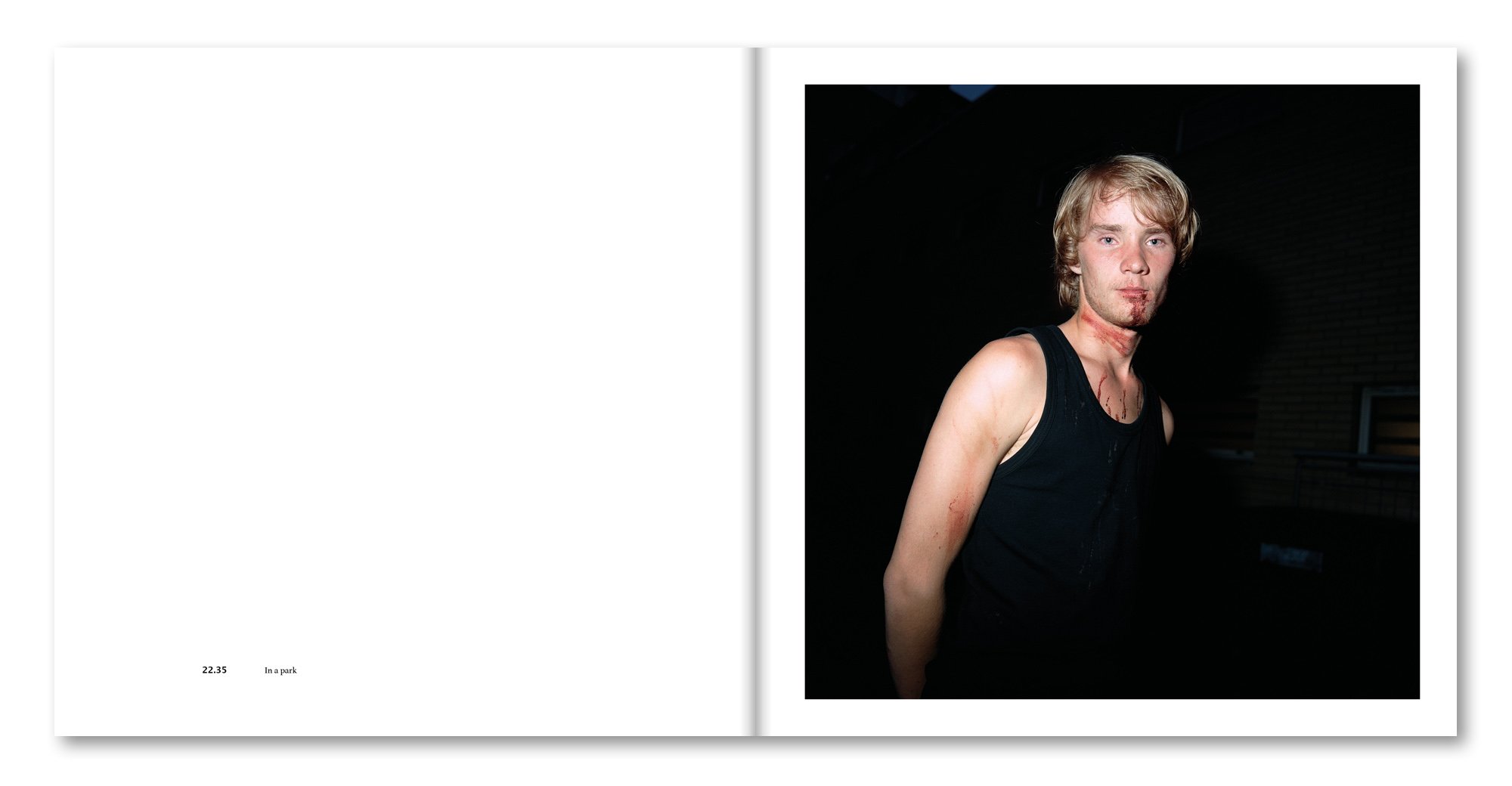
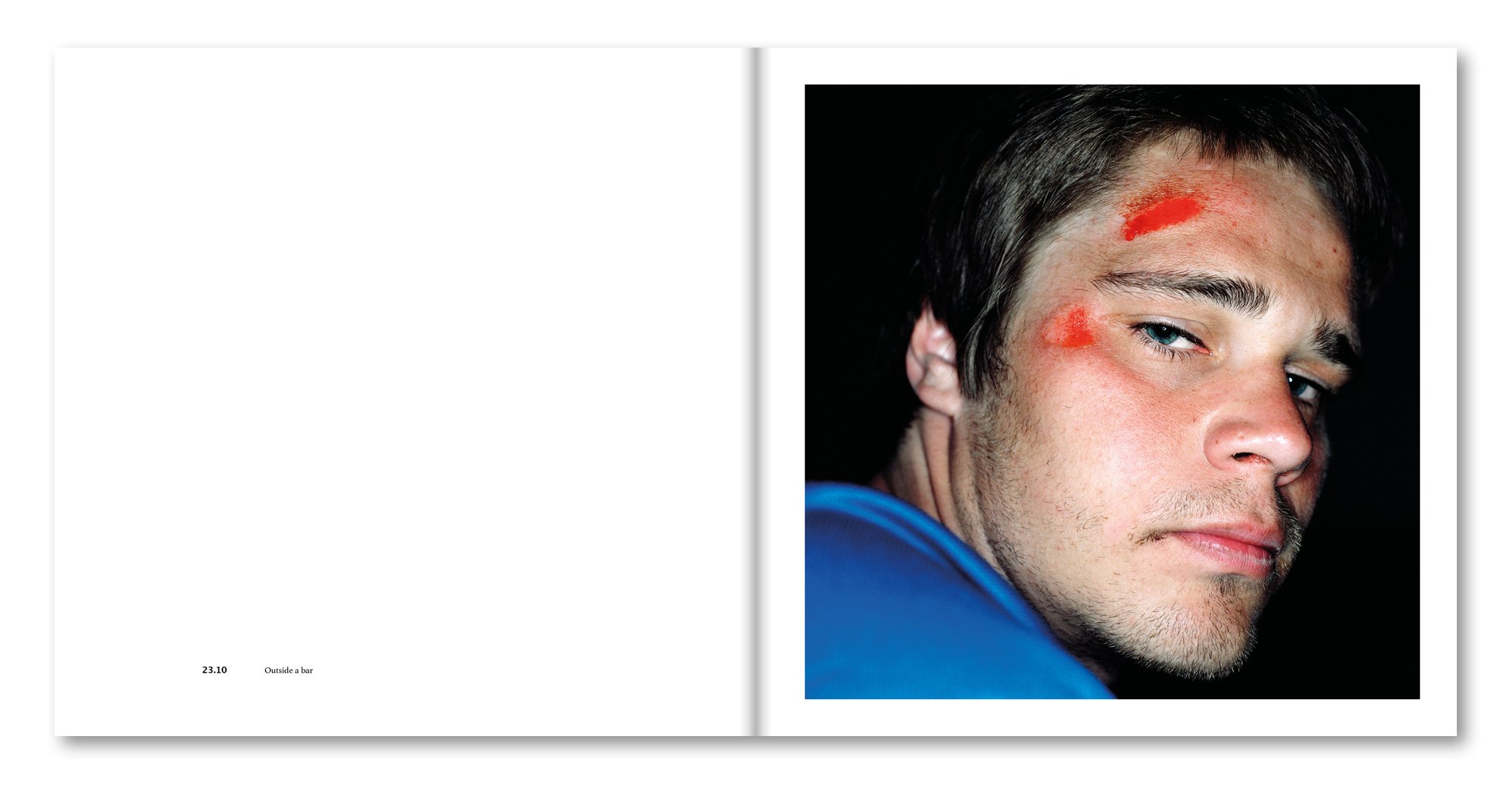

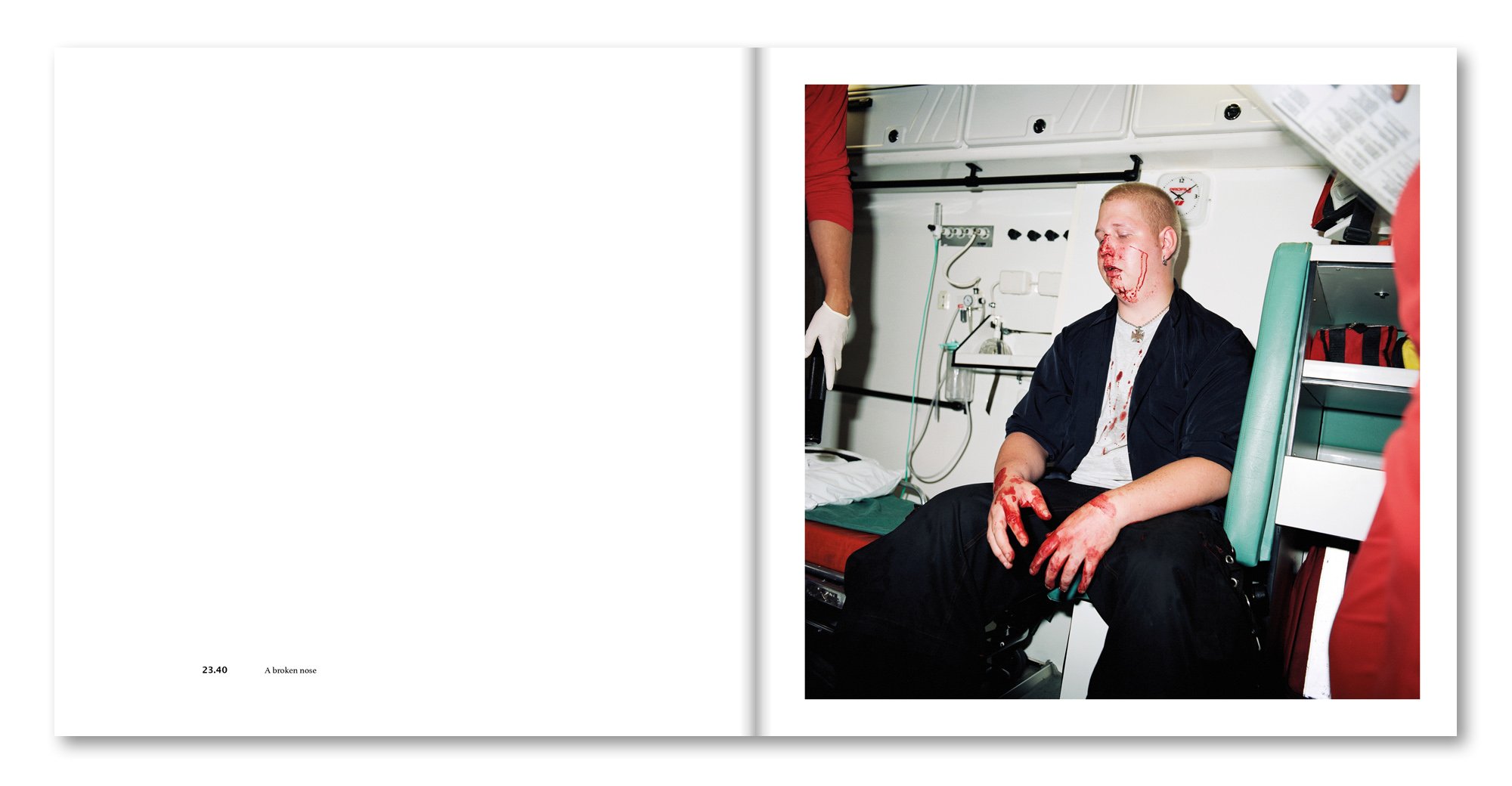


Book
Harri Pälviranta
WALL TOURIST
In 2015–2016, Europe experienced an influx of immigrants and refugees: every day some 40 000 immigrants crossed the European borders. The situation was historically exceptional and caused confusion and even chaos. However, the situation in Europe was only one example of people seeking shelter or better lives from other countries. As we speak, uncontrollable immigration takes place in every corner of the Earth.
Connected to migration, a high number of countries are making extreme decisions in reacting to unorganized border crossings. Thousands of kilometres of fences and walls are built to prevent so-called illegal, or if you wish, unwanted immigration. Thousands more are planned to be constructed.
In Wall Tourist, the Finnish photographer Harri Pälviranta reflects these developments with photographic means. During the years 2016-2021 Pälviranta travelled to twelve different countries on five different continents to photograph the border lines. Instead of following the principles of traditional landscape and aftermath photography, the story is told through the eyes of an urban man whose joy is to travel to specific borders around the world. The protagonist is a conflict tourist of our times: he uses his privileged position as a middle class Western white man to experience the situations and places beyond his normal daily life. He seeks bodily knowledge, and perhaps also excitement.
Silk screened hard cover with coloured edges
Swiss bound
100 pages
Offset printing
21 x 27 cm
39 photographs and texts by Anna-Kaisa Rastenberger, Alexandra Athanasiadou and Harri Pälviranta.
Printing 300 copies
ISBN 978-91-987606-1-3
Released July 5th 2022 in Rencontres d'Arles










